09
2013Julia Anna Gospodarou Photography
Julia Anna Gospodarou Photography
http://www.juliaannagospodarou.com/
http://www.flickr.com/photos/juliagospodarou/
http://www.facebook.com/julia.gospodarou
http://www.facebook.com/juliaannagospodarou.photography
https://plus.google.com/u/0/117455365995643899222/posts
http://22377.portfolio.artlimited.net/
http://1x.com/member/juliaannagospodarou
What kind of equipment (camera body, lens, filters, flash, tripod, cleaning equipment other) do you use?
I’m a B&W fine art photographer whose work is mostly long exposure architectural and landscape photography and the equipment I use mainly covers this area and specialty with some additions that touch a few other areas of interest I have.
I’m mainly using a Nikon D7000, soon to add to that a Nikon D800 and from time to time, I’m using a vintage film camera, a Fujica AX1.
The lenses I use are: a wide-angle lens Nikon 10-24mm f/3.5-4.5G ED AF-S DX (many of my architectural and landscape images have been shot with this lens), a zoom lens Tamron 18-270mm f/3.5-6.3 PZD that I use for a multitude if purposes (from architecture till street photography or motion blurs), and a fixed-focus one Nikon 50mm f/1.4 G, which is great for portraits and people photography. For my film camera I use a fixed-focus lens X-Fujinon 50mm f/1.9 and a zoom one Tamron 28-200mm f/3.8-5.6 ASPH, both with manual focus.
My collection of filters covers a quite wide range of ND filters, polarizing, UV protection and IR (infrared) filters. I owe 2, 3, 6, 9 and 10-stop ND filters, skrew-in or square ones, uniform ND (B+W and Hoya), grad ND or reverse grad ND filters (Hitech), plus polarizing filters and also UV protection filters that I use sporadically (both from Hoya). I also owe a Hoya IR (infrared) filter, but it’s not among the ones I use frequently.
Another piece of equipment I need for my long exposure work, architecture and landscape, or for my motion blur photography, except for the ND filters, is a tripod: my main tripod is a Manfrotto 055 XPORB, a sturdy tripod that can put up with the strong wind that we often have here in Greece. For the cases when I need a smaller tripod I use a light travel one, the SLIK Sprint Pro II. I also owe a Gorillapod SLR-Zoom for the cases when a large tripod cannot be used.
For my flash photography I use a Nikon SB-910 AF speedlight together with different accessories like a light stand, a couple of umbrellas (a translucent and a reflective one) and some portable soft boxes, a multipurpose background and few reflectors.
Other pieces of equipment that I’m using are: a right-angle viewfinder that allows me to compose easily in limited spaces (especially in the case of architectural photography), a shutter release with timer, two remote controls and a Hoodman loupe for checking out the results on the LCD screen in bright light conditions.
What do you like and dislike about your equipment, specially your camera, and how would you improve it?
What I like about my Nikon D7000 camera is that it is very versatile, light enough to be carried everywhere, it has a multitude of functions that give me a lot of creative freedom and has a very good image quality. What I would like as an addition is a larger sensor, more pixels for bigger prints and a better high-ISO quality (even if the High-ISO quality of the D7000 is not bad) and this is why I will be moving to a Nikon D800 soon.
What is your favourite lens, and why?
At this moment my favorite lens is my wide-angle lens, the Nikon 10-24mm f/3.5-4.5G ED AF-S DX, which is a very interesting lens for architecture and gives me great results in shooting up close and aiming upwards, but it’s also a great lens for landscape and even street photography. I particularly like the way this lens emphasize the foreground and the convergence of lines and I’m using these characteristics a lot lately in my work.
When you travel, what is in your essential kit bag?
I don’t travel very light. I always try to do it but never manage to. The simple fact that I’m traveling with all my tripods makes the rest of my equipment seem much less important in my packing philosophy. My essential kit bag can be resumed to: one camera, 2-3 lenses, tripods, filters, remote control, plus different small accessories from lens cloths or dust blower till screwdriver or white balance lens cap.
What kind of software/tools do you use for post-processing, if any?
I’m working on a PC with Windows 7 Ultimate, processor CPU Intel Core i7 2600, 16GB RAM memory, Nvidia Quadro 2000 Graphics Card, storage and software on 3 SSD and one HDD 2TB. I use a monitor Dell U2711-27” calibrated with i1 Display Pro, X-Rite calibration device.
I usually make 2 back-ups of my files and I back up my files every few days to a week, according to the volume of work.
How long have you been taking photographs? How do you find inspiration?
I can hardly think of myself without a camera, even if I go back in time many years. I can still remember very well my first camera, a very basic analog Smena, which despite being very basic seemed to me like a fantastic and very complex mechanism just because I was too little to know the high-end models of the time.
Inspiration, how do I find it? I don’t think I’ve ever looked for it, it just comes whenever it wants and I have to be ready. When it’s not here, I just wait for it to come and it always does. Sooner or later, I will just feel the strong urge to create something, just because I feel inspired. Just like there are times when I don’t do anything, because I’m not yet in this special state that we call inspiration. Which is very close to a state of trance, if we want to compare it with something. For me this is a natural process that takes care of itself without me needing to do much about it. I don’t really believe in looking at the work of others to find inspiration (even if subconsciously I surely am inspired by others, but this is a continuous process that goes on in the back of my mind and comprises everything that I see around me, not only photographs, but art in general, everything I read, everything I see in my day-to-day life and even the things I see in my imagination. I’m collecting beauty in my mind and this leads me to be inspired, but I’m not aware of it, it’s just like a function of my body and mind).
Which style of photography do you like the most, and why?
I like photography that can show a side of reality that one couldn’t see without having seen it interpreted in the photograph. I like creative photography, unexpected photography, photography that goes beyond the evident. Fine art photography, either it is architectural, landscape, portraiture or even fine art street photography will always appeal to me because it shows me the world in a different way. The same goal towards which I aim in my work.
What goal are you working towards within your photography and when will you know you have reached it?
My specialty is B&W architectural fine art photography and what I’m trying to convey through my images is different way of looking at buildings by emphasizing and presenting almost abstract details of a structure, without though removing completely the factor of scale, form and context that could help identify the object. What I try to do with my photography is to put the mind of the viewer in a different space, where he needs to find different rules to interpret what he sees, but where I’m not interested to show him only an interesting play of lines or pattern, but also help him have a glance at the essence, the soul of the structure that I photographed. I call this (en) visionography and the result is a fusion of reality and imagination, where the image starts by being a white board where I design my photograph by using from reality only those elements that help me convey my vision and the idea I want to present in the final image. I try to take a raw image from the world and mold it into the shape of my mind and soul, so I can identify with it. It’s a very personal process, as the creation process is for every artist. My goal by doing photography is to send my thoughts out into the world in a form that can be understood and I’m using light and shadow to paint my thoughts into a photograph that is by that becoming my voice. I know that I have reach my goal when the viewer can “read” my message and be moved by it. Which is the message? Beauty is the message and the mystery of life.
Looking at your own work, which piece is your favourite? Why?
I don’t think I have an favorite. But there are 3 images that I feel express my statement and artistic quest, as well as my sensibility. Put together these three images can be considered as my photographic ID at the moment. I’m adding the links here and there is no special order hat they should be watched: Like a Harp’s Strings VI – Encore http://www.juliaannagospodarou.com/Architecture/Architecture/27959457_ttWMVS#!i=2410692427&k=nphdgZV&lb=1&s=A Like A Harp’s Strings III – Rising
http://www.juliaannagospodarou.com/Architecture/Architecture/27959457_ttWMVS#!i=2410708898&k=ws463h7&lb=1&s=A and Ode to Black III – Extreme Black http://www.juliaannagospodarou.com/Architecture/Architecture/27959457_ttWMVS#!i=2446943996&k=CT7M7wj&lb=1&s=A . The first two were shortlisted as a series of 6 photos at the Sony World Photography Awards SWPA 2013 and also won Honorable Mention at the International Photography Awards IPA 2012. The third one has not been submitted to any competition yet, but is one of my favorite pieces of work.
Are there any photography websites that you visit regularly?
I’m more or less regularly visiting Google+, Flickr, 500px, 1x, Art Limited, Stark Magazine and I’m also posting my photography on my Facebook personal profile and on my page.
What is the one most important lesson that you have learned since you started taking photographs?
Do photography for yourself and for nothing else. Art is a very personal matter, try to first please yourself with what you do and then to please others (like public or critics). Only when you will please yourself and feel that what you do helps you express yourself as an artist and eases the need to create, only then others will start understanding your message and see the value in it. If your art pleases yourself, it will please others too.
The second most important thing that I’ve discovered, a more practical one and not always possible to follow (financially speaking), but important is to buy your last equipment first. Or, in other words, buy the best piece of equipment you can afford, especially when we talk about camera, lenses, tripods, filters, flashes and computer. All the rest can be of lesser quality, but whatever has to do directly with the quality of your images has to be of good quality if you are a professional.
And finally, what other interesting photographers would you like to see in this blog?
I’d like to see here the work of Joel Tjintjelaar, which is a fantastic B&W fine art photographer, also the work of Nathan Wirth, Andy Brown and Keith Aggett, also wonderful B&W fine art photographers.
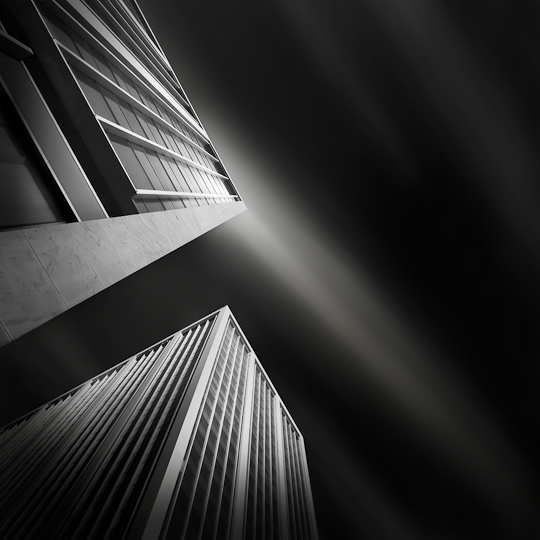
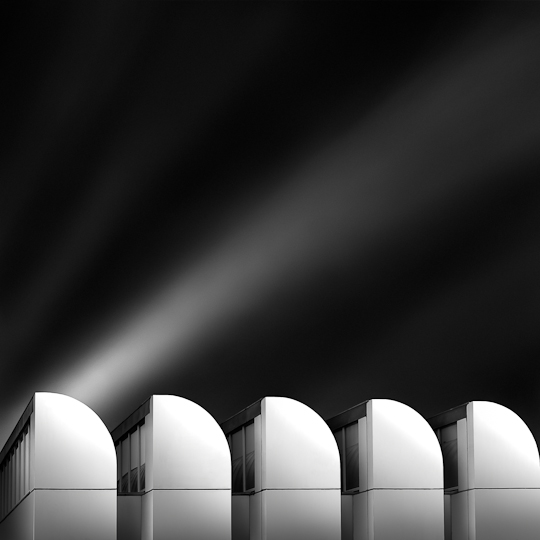
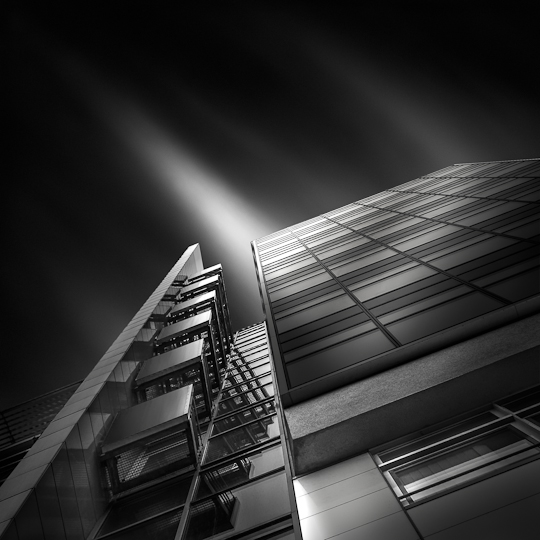
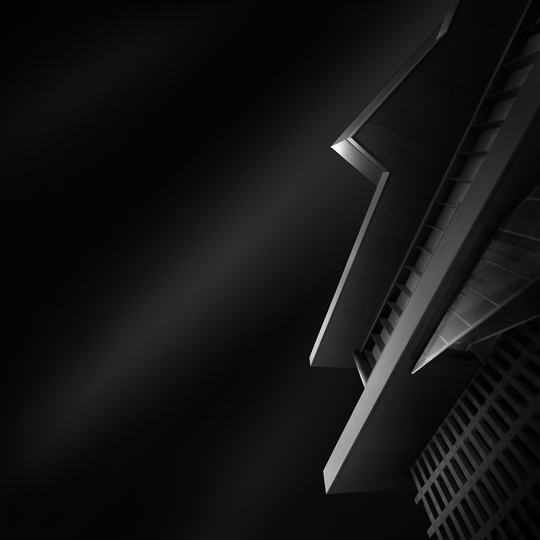
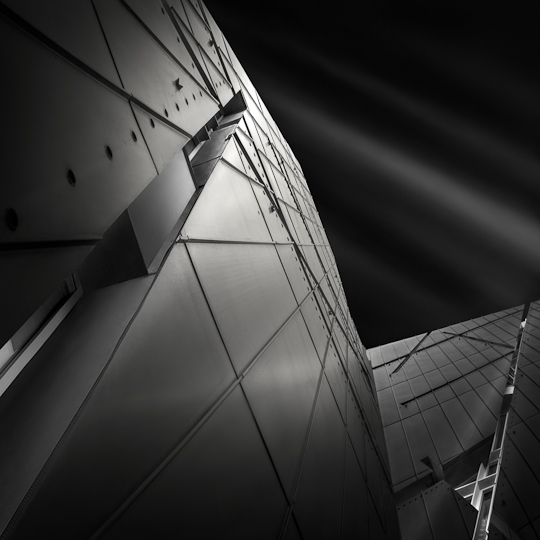
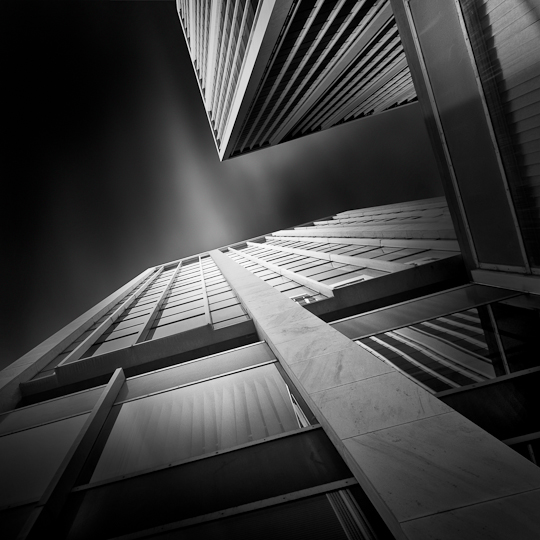
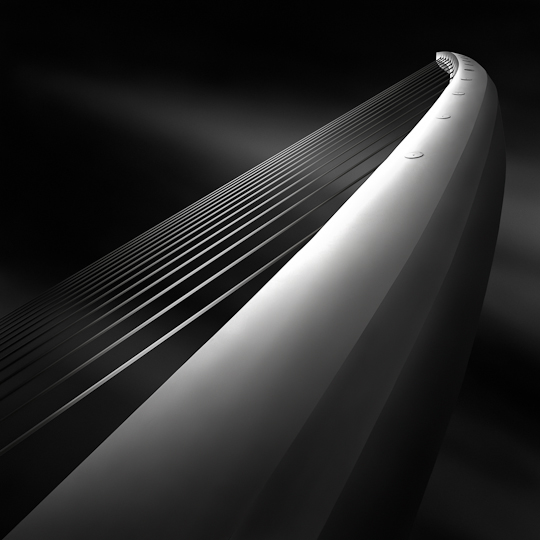
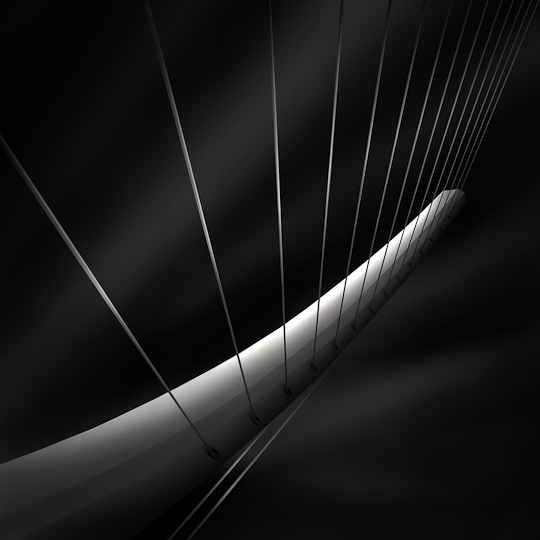
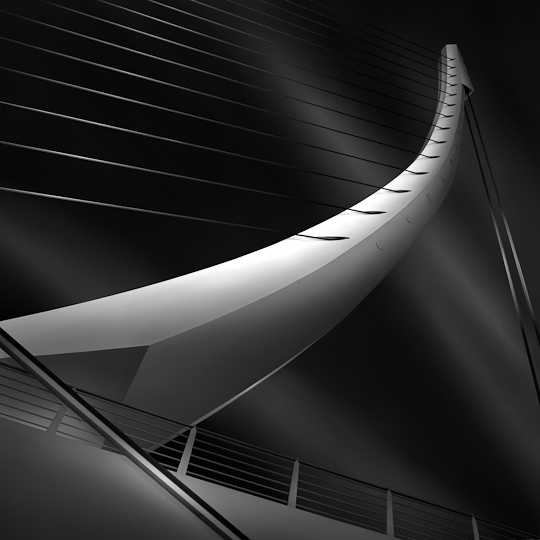

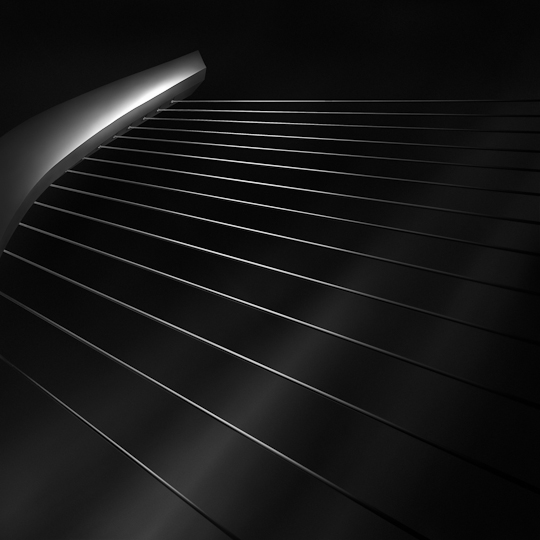
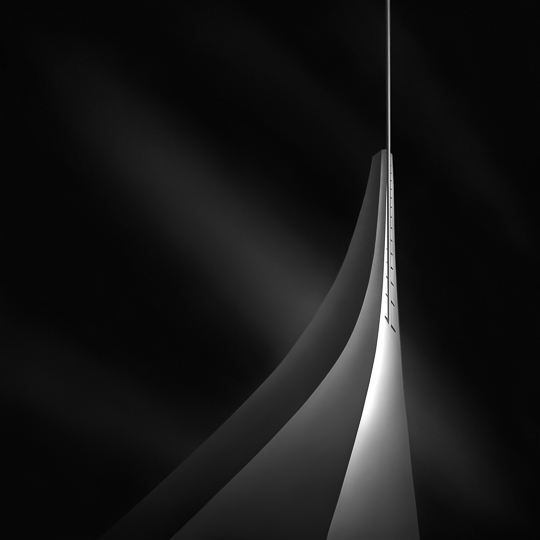
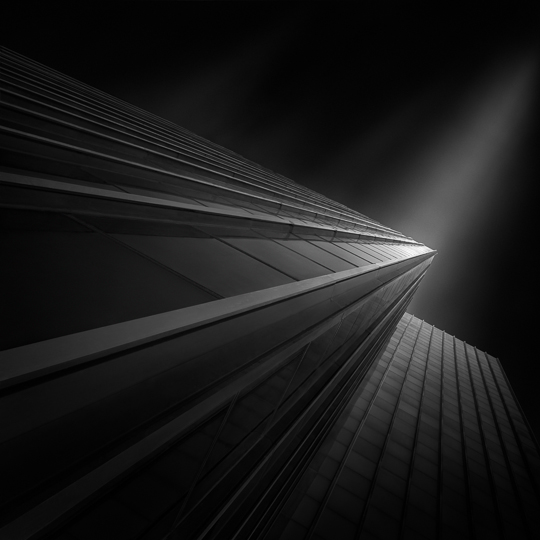
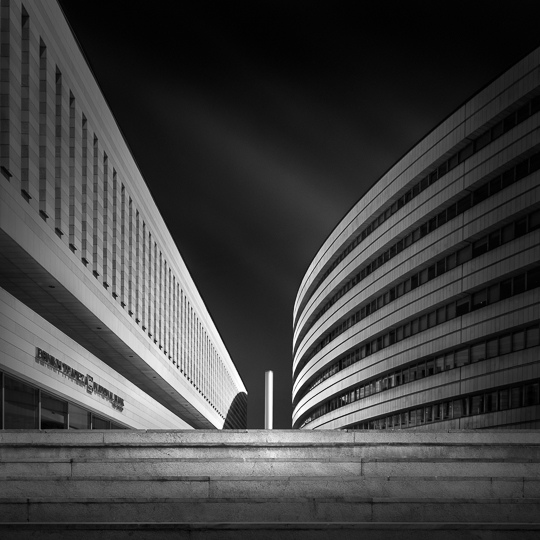
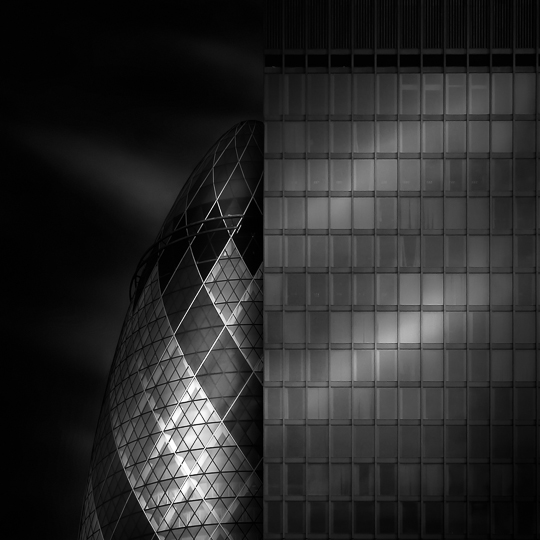
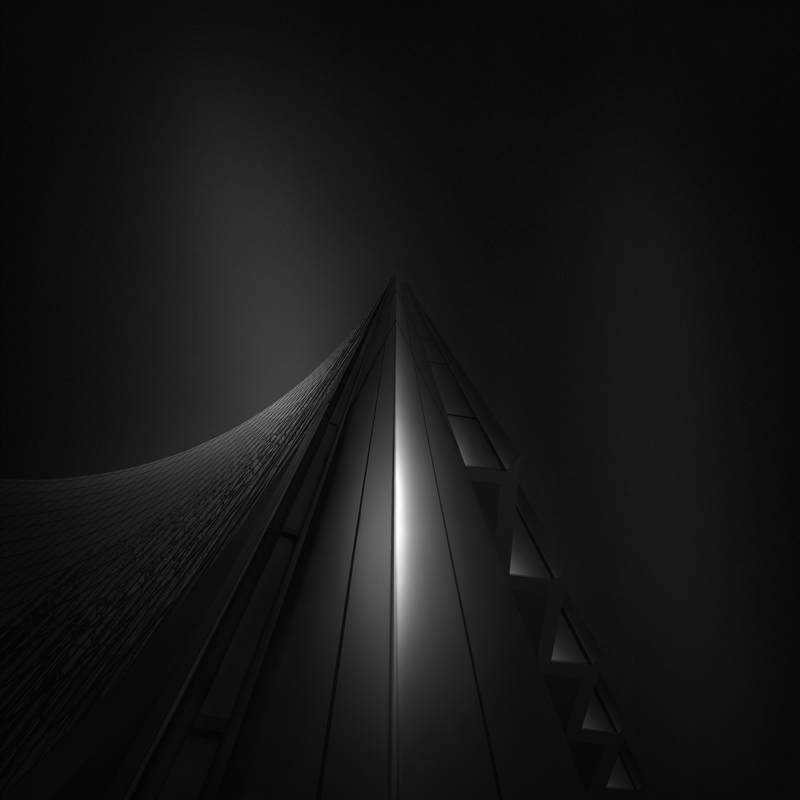
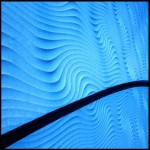
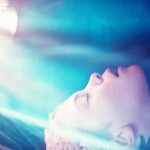
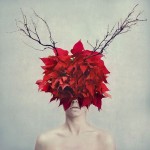
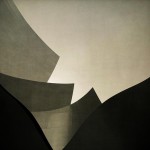
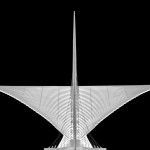
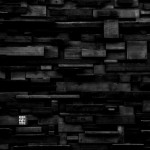
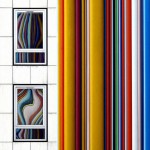
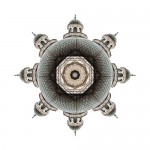
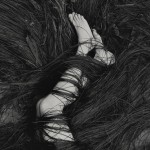
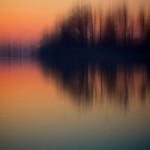
Interview and Portfolio Presentation – Interesting Photographers Site | Julia Anna Gospodarou - Architect | Black and White Fine Art Photographer
[…] http://www.interestingphotographers.com/main/en/2013/05/09/julia-anna-gospodarou-2/ […]